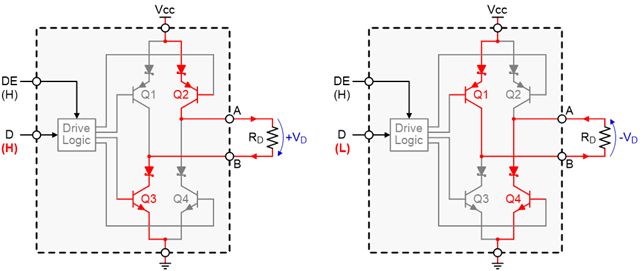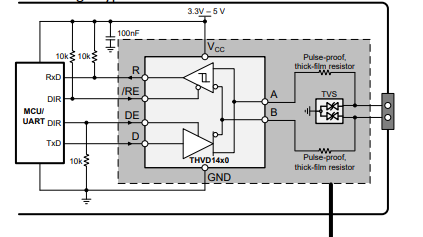Other Parts Discussed in Thread: DS16F95QML
Several posts have discussed this but not settled it explicitly. Are there internal ESD diodes between the A/B bus pins to VCC and/or GND? The absolute maximum Input Voltage (Bus Terminal) specification (+15/-10V) would seem to indicate that there are no ESD diodes since the values are absolute and not linked to VCC or GND.



